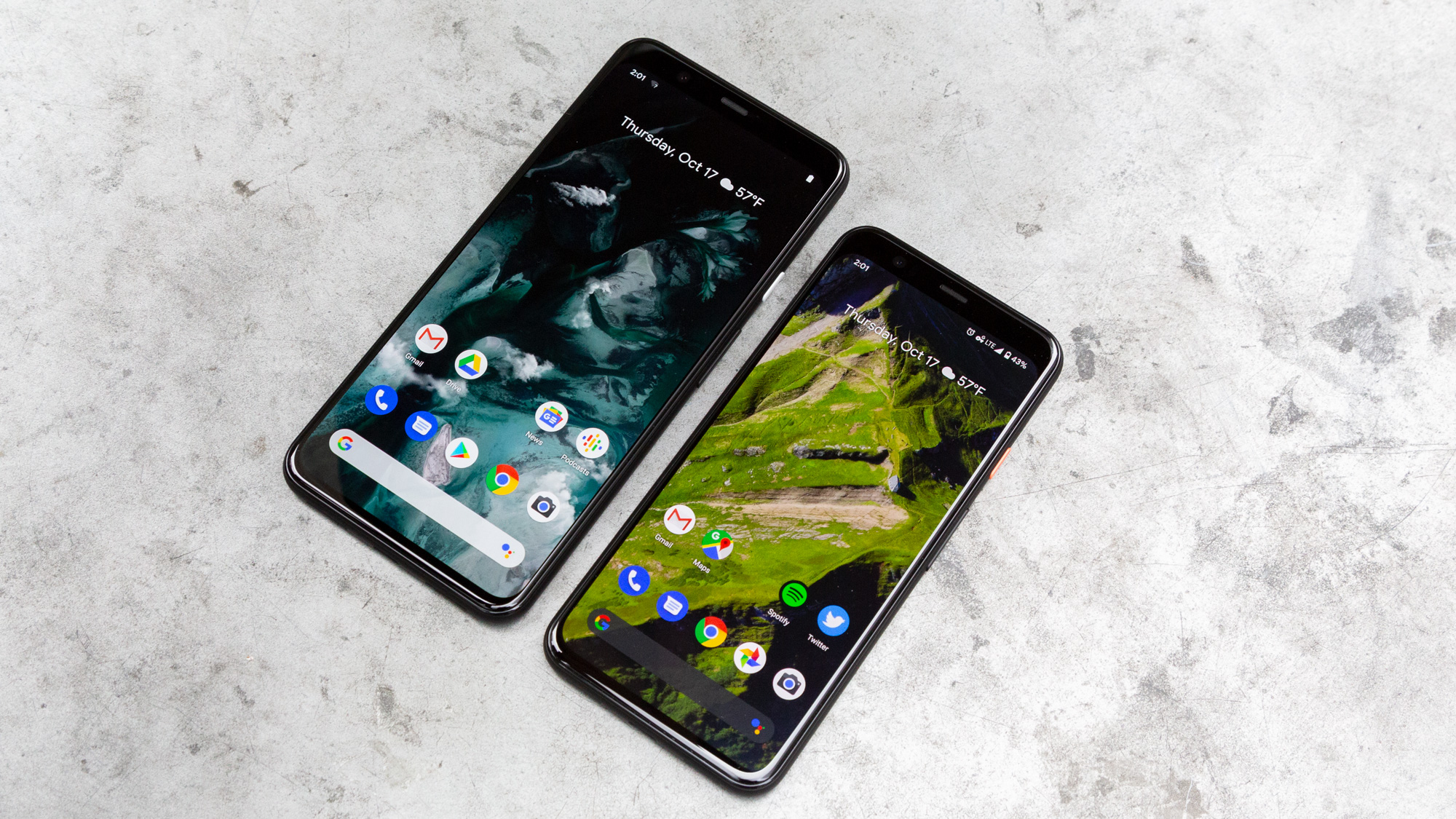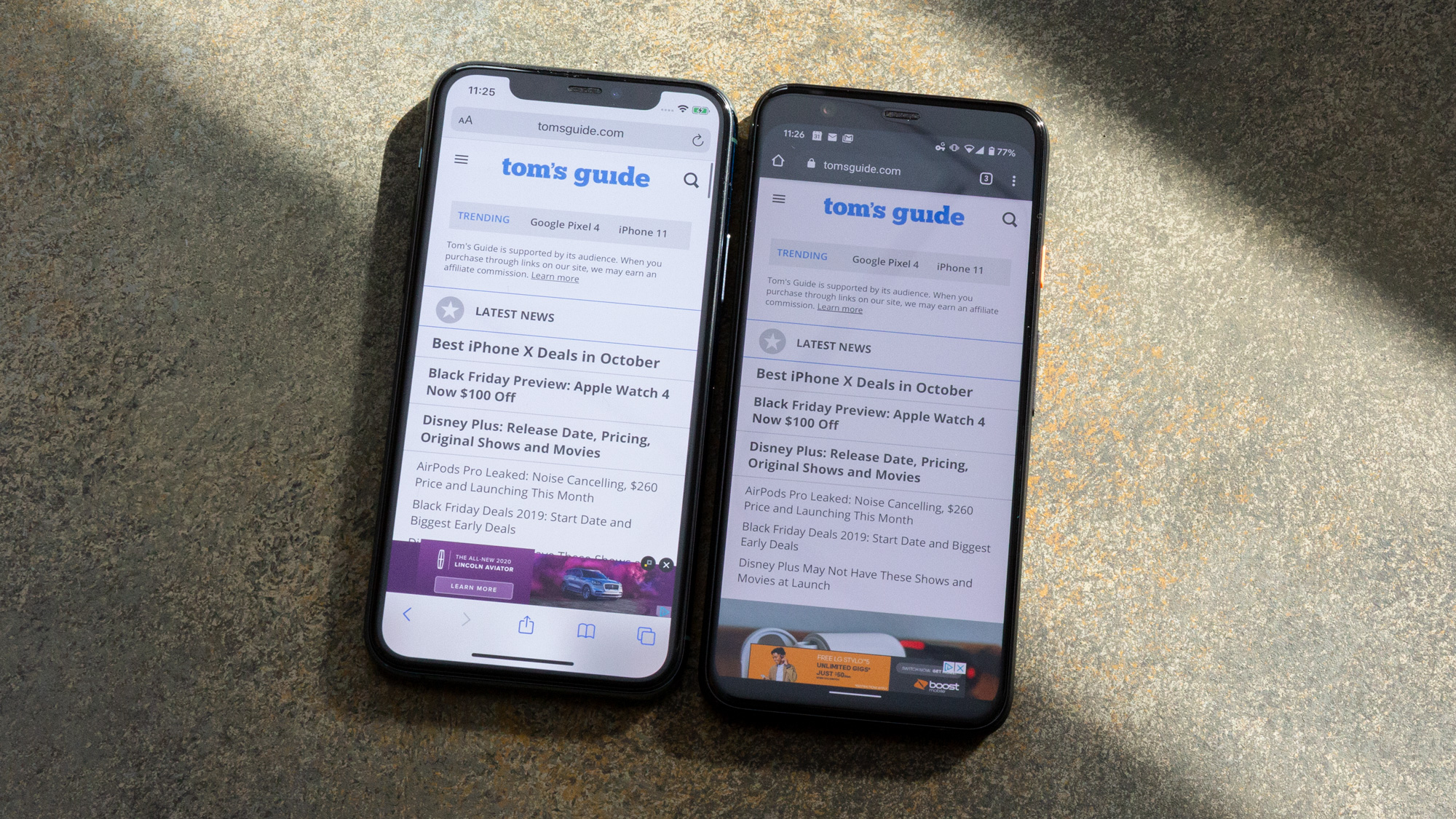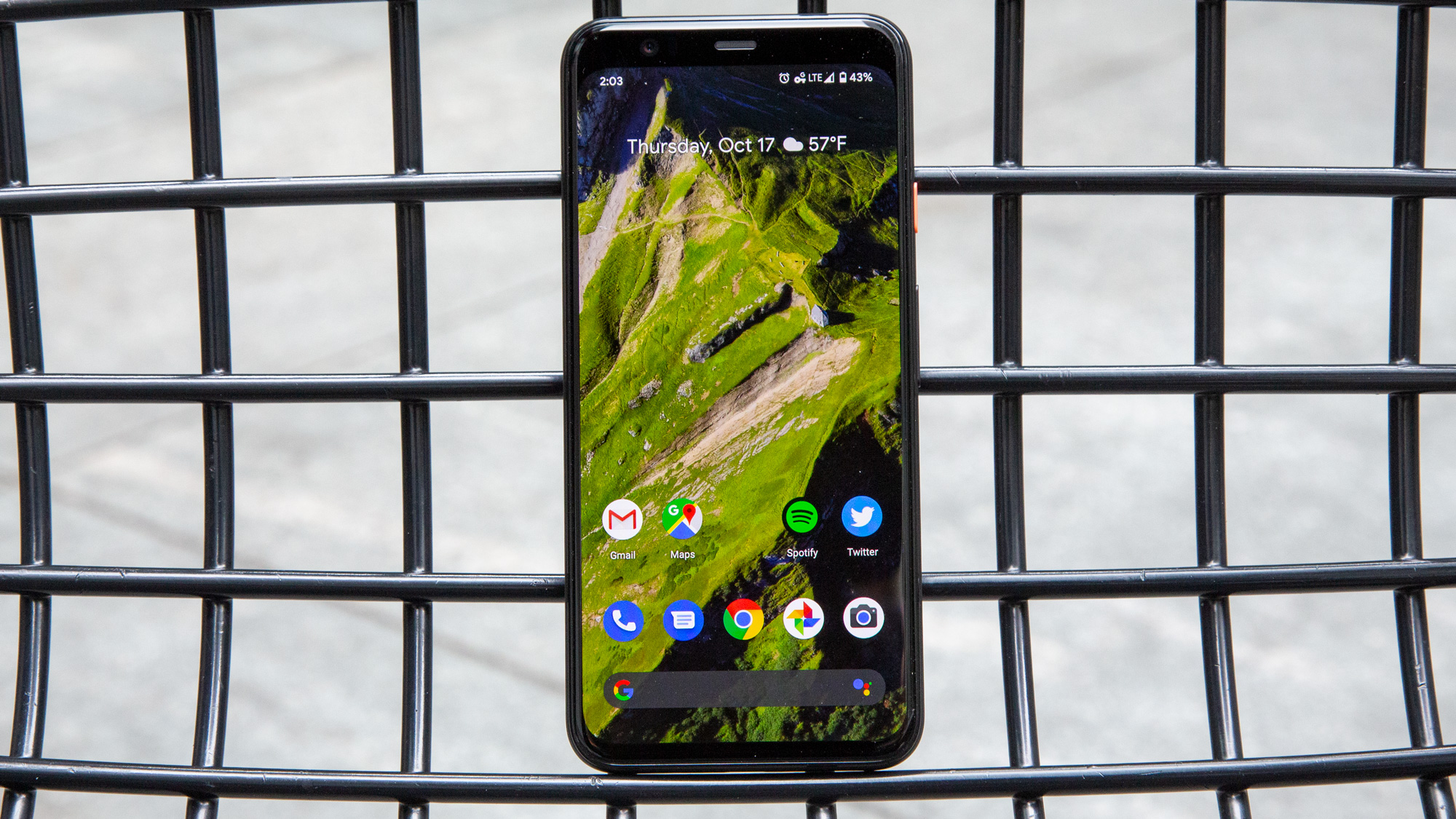What we want from Pixel 5 after spending a month with Pixel 4
Here's how Google can win the smartphone battle.

Broadly speaking, the Pixel 4 is a great smartphone. It may not be perfect, but between its stunning 90-Hz screen, impressive dual cameras and clever software, there are enough upsides to Google's latest flagship to earn it a spot on our best smartphones list. In fact, if you're in the market for a new high-end handset and the Pixel 4 isn't on your short list, you should probably reconsider.
That said, there are certain shortcomings Google must address if it wants to make the Pixel 5 as great as it can be. And now that we've had a month to get familiar with all the Pixel 4's quirks, we've identified a few things Mountain View should consider as it gets cracking on next year's model.
Better battery life
Even if Google were to change nothing in the Pixel 5, we'd at least hope it takes battery life seriously for the first time in a while with its flagships. Because the Pixel 4's longevity isn't just disappointing — it's offensive.
Google was thoughtful enough to increase the size of the battery in the Pixel 4 XL to 3,700 mAh, up from 3,430 mAh in the Pixel 3 XL. Yet it made the curious decision to shrink the regular model's battery. Although the Pixel 3 offered a 2,915 mAh power pack, the Pixel 4 has just 2,800 mAh.
That's despite the fact that the Pixel 4 and 4 XL have more to do, and more to tax their batteries, than any Pixel handset before them. They offer sophisticated, depth-sensing Face Unlock systems, and short-range radar chips always searching for air gestures. They pack fast-refresh-rate, 90Hz OLED displays that automatically adjust their white balance to account for ambient conditions. They've got faster processors and more RAM than ever before, too.

How much of a toll have these additions taken on the battery life of Google's latest phones? A pretty significant one, judging by the phone's runtime of 8 hours and 3 minutes in Tom's Guide's custom battery test, which we noted in our Pixel 4 review. The larger Pixel 4 XL fared better, but still came up short relative to the average smartphone, at 9 hours and 42 minutes.
Both of those results are an eternity away from the iPhone 11's 11 hours and 16 minutes, or the Galaxy S10 Plus' 12 hours and 35 minutes. Even Google's own Pixel 3a, which costs half as much as the Pixel 4, destroyed the company's pricier phones, lasting for 12 hours. Google had better focus on battery life if it wants the Pixel 5 to stand any chance against the iPhone 12.
Get instant access to breaking news, the hottest reviews, great deals and helpful tips.
Brighter display

One of our favorite things about the Pixel 4 is the 90Hz refresh rate of its display, which makes for a noticeably more responsive user experience than the conventional 60Hz panels in most other handsets.
That's not to say Google hasn't had some kinks to work out. At launch, the 90Hz mode would only activate above a certain brightness threshold — something Google wasn't clear enough about in the run-up to Pixel 4's release. Still, we hope Apple and Samsung follow the Pixel 4's lead here, because the smoothness of 90Hz feels like nothing else.
Would you rather have a screen that animates smoothly, or one you can see?
Even so, faster refresh rates don't disguise a deficit in brightness. With a peak of just 429 nits, the Pixel 4 is more than 300 nits dimmer than Apple's iPhone 11 Pro, and about 250 nits behind Samsung’s Galaxy Note 10. That poses a serious problem for outdoor viewing; on a sunny day, the Pixel 4's screen is by far the hardest to read of the trio. In our testing, we found ourselves maxing out the display's brightness, causing a further strain on the Pixel 4's battery.
It's possible Google intentionally limited the Pixel 4's peak brightness, because the added power drain would have compounded the energy expended by the 90Hz refresh rate. Still, even another 150 nits could have gone a long way to improving things with the Pixel. Would you rather have a screen that animates smoothly, or one you can see?
128GB of storage, standard
We don't want to single out Google, since it's not the only phone maker gouging customers with paltry base storage in expensive smartphones. Apple does it too, and we doubt anyone who considers themselves a professional will be able to get anything done with the 64GB capacity of the cheapest iPhone 11 Pro.
Thankfully, these days Google and Apple's greedy ways are becoming the exception, not the rule. Samsung, LG and OnePlus all offer handsets with at least 128GB of storage, that start for around the same price, or less, than the Pixel 4. And now that Google has ditched the original-quality cloud photo storage quirk for Pixel 4 buyers, it's more imperative than ever that next year's Pixel catches up with the times.
An ultrawide camera
You can't blame Google for neglecting to add an ultrawide camera to the Pixel 4's repertoire of lenses. Android phone makers have been including them for years, though the public never seemed to notice until Apple joined the party with the iPhone 11.
Alas, now ultrawide fever has swept the masses. And if you're a new Pixel 4 owner, you may understandably feel jealous of your iPhone- and Galaxy-toting friends, and the breathtaking landscapes they upload to Instagram. Google's computational photography is arguably the best in the business, but no software can make up for the absence of an ultrawide lens.
The Pixel 4 is a phenomenal mobile camera, and the Pixel 5 likely will be, too. But it can't be the best mobile camera until it matches the iPhone 11's versatility. If people want to shoot ultrawide, Google needs to provide their customers with hardware that empowers them. It needs to give the Pixel 5 an ultrawide lens, and it can't rightfully claim smartphone imaging supremacy until it does.
More RAM
Most Android flagships come with at least 8GB of RAM nowadays, but the Pixel 4 and 4 XL make do with only 6GB. That's not awful — 6GB is enough to ensure a generally snappy user experience, and handle quick switching between apps while keeping some activities humming along in the background.
However, when you're paying in excess of $800 for a smartphone, you shouldn't have to settle for anything less than the status quo. You also shouldn't have to wonder if your device will be usable two or three major software updates down the line, when lesser hardware might get bogged down with the increasing demands of newer apps and features. RAM goes a long way toward ensuring your phone leads a long and productive life, and Google should grant its customers that peace of mind.
5G

2019 was the year 5G phones became real, and 2020 will be the year 5G phones become normal. Apple has been rumored to unveil a range-topping 5G model of the iPhone 12 next year, and with T-Mobile launching its nationwide 5G network this December, more carriers will likely follow suit in the coming months.
In other words, by late 2020, the timing will be right for Google to introduce a 5G-compatible version of the Pixel 5. The company was smart to sit out the 5G race with the Pixel 4 — networks are still coming online, and current 5G modems aren't equipped to take advantage of every network's infrastructure. That will assuredly change midway through next year, and it could make the Pixel 5 the first 5G phone truly worth buying.
Cuter design

The Pixel 4 isn't the prettiest smartphone we've ever laid eyes on, with its pronounced forehead, sparse backside and eyesore of a square camera bump. That said, there are some nice aesthetic touches: the limited-edition Oh So Orange colorway offers a refreshingly bold change of pace, and we like the premium matte finish on the phone's glass back and aluminum frame.
But Google could — and should — go further. Reports suggest Apple will revitalize the iPhone's design next year with a truly full-screen display, smaller notch for the True Depth camera system and a sharper, flatter frame inspired by the iPhone 4. Early iPhone concept renders look amazing, and it would be great to see Google step up its design game in kind.
The Pixel 4 was but a slight revision of the Pixel 3, so here's hoping there are more funky colors and interesting materials in store for the Pixel 5. Google knows how to make hardware that's both premium and playful; we've seen it with the company's Nest Home products, the Pixelbook Go and the Purple-ish Pixel 3a, and we'd love for the company to push its eye for creativity even further with the Pixel 5. (And if Google has to thicken the phone to make room for a bigger battery, we promise won't complain.)
Adam Ismail is a staff writer at Jalopnik and previously worked on Tom's Guide covering smartphones, car tech and gaming. His love for all things mobile began with the original Motorola Droid; since then he’s owned a variety of Android and iOS-powered handsets, refusing to stay loyal to one platform. His work has also appeared on Digital Trends and GTPlanet. When he’s not fiddling with the latest devices, he’s at an indie pop show, recording a podcast or playing Sega Dreamcast.
